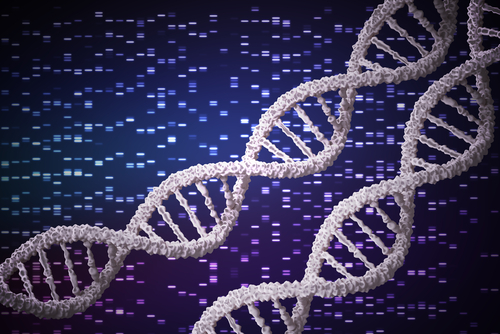CMT Research Foundation Funds Work Into Way of Delivering Gene Therapy
Written by |

vchal/Shutterstock
The CMT Research Foundation is collaborating with a scientist to identify fat (lipid) nanoparticles that might work as a vehicle for delivering gene therapies to the specific cells affected in people with Charcot-Marie-Tooth (CMT) disease.
The partnership with James Dahlman, PhD, aims to overcome a major obstacle to new therapies for CMT patients. Dahlman is an assistant professor at the Georgia Institute of Technology and Emory School of Medicine, and an expert in the field of lipid nanoparticles.
“I am excited to work with the CMT Research Foundation as they continue their work on an important, too prevalent disease. I am hopeful that our approaches to improve gene therapies can lay the foundation for drugs that benefit patients in the future,” Dahlman said in a foundation release.
CMT affects the peripheral nervous system, the network of nerves that transmit messages between the central nervous system (CNS, the brain and spinal cord) and the rest of the body.
The peripheral and central nervous systems are delicate structures, and crucial for basic vital functions. As such, selective barriers protect them from harmful agents, like viruses, but these same barriers often prevent therapies from reaching nerve cells.
The barrier that protects the peripheral nervous system — dubbed the blood-nerve barrier — amounts a major challenge in delivering CMT treatments to nerve cells.
Gene therapies and other genetic material, if encased in lipid nanoparticles, could safely be delivered to cells. This is because the particles are somewhat similar to other fatty molecules in the body, and are readily taken up by the cells.
While such nanoparticles have a tendency to target liver cells, Dahlman and his team developed a system that screens lipid nanoparticles to identify those with a capacity to enter other cells, including cells of the peripheral nervous system.
His work has led to the development of nanoparticles that deliver gene therapies to cells beyond the liver, and several are currently in testing.
With funding from the CMT Research Foundation, Dahlman will screen for lipid nanoparticles that can deliver gene therapies to Schwann cells. These cells are responsible for producing the protective myelin sheath that covers peripheral nerves.
Problems with Schwann cells and their function are responsible for the most common types of CMT, known as demyelinating CMT due to the loss of the myelin coating.




